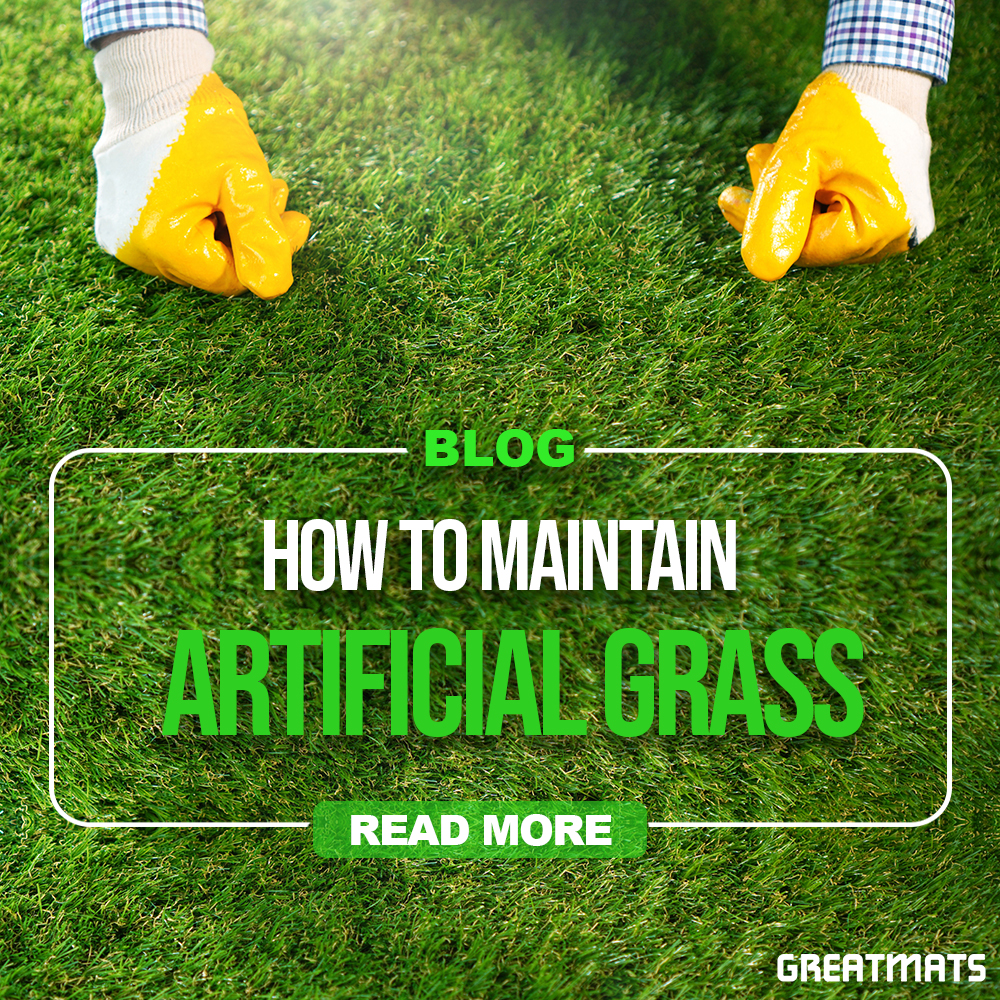How to Maintain Artificial Grass
Related Product: Artificial Grass Turf Ultimate Natural 1-1/2 Inch per SF
Artificial Grass Care & Maintenance Needs
Build Up: If debris builds up on your turf, it’s important to remove the buildup to help prevent staining and damage. You can spray your turf weekly to wash away smaller debris. If larger debris, like leaves or branches, fall on the turf, use a stiff brush without steel bristles or a flexible plastic lawn rake to remove the debris.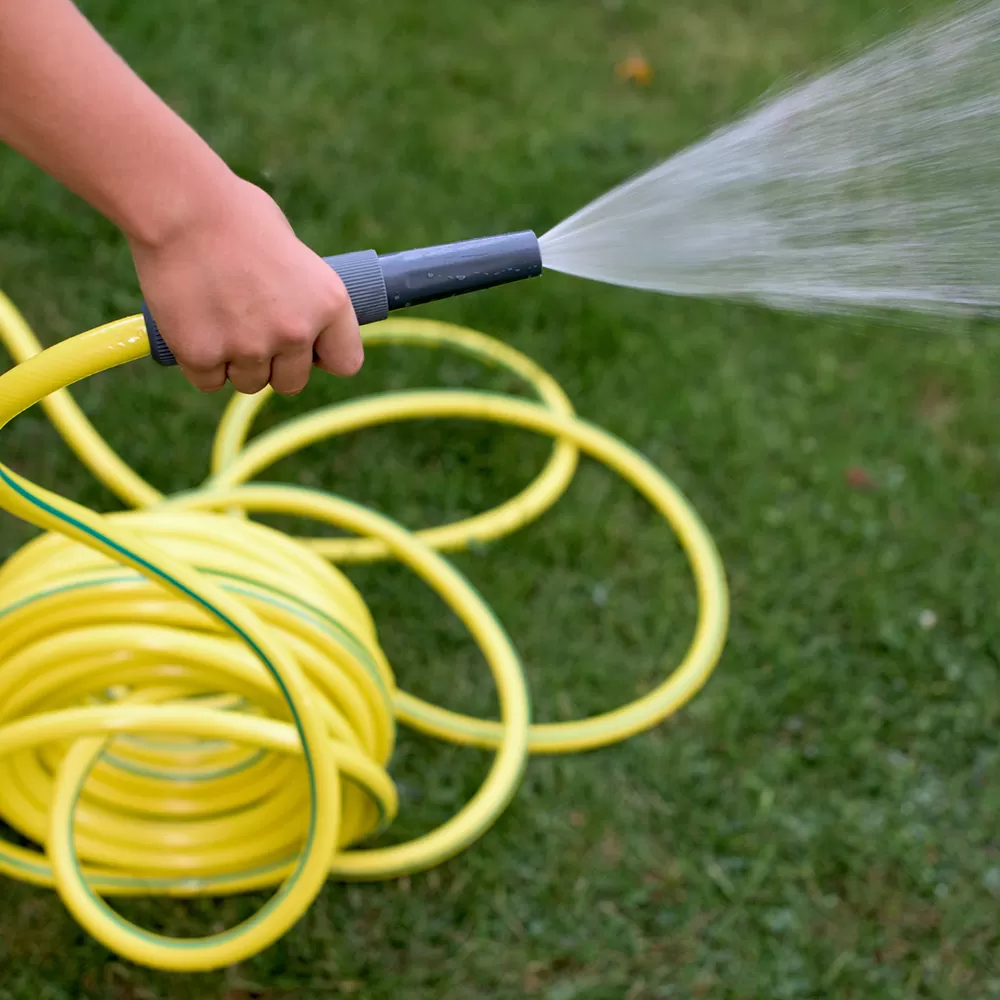
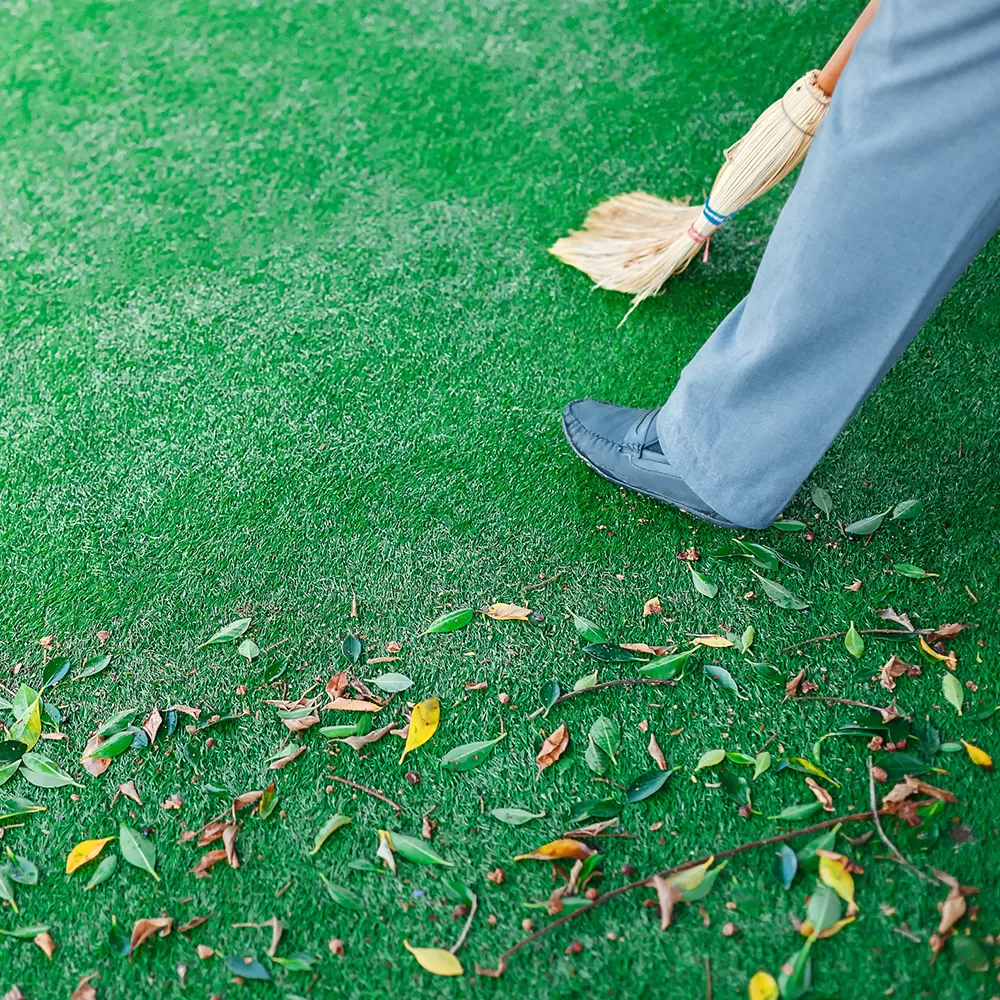
Use with Dogs: When using artificial turf with dogs, it’s important to remove pet waste regularly. Scoop and dispose of the waste and then flush the turf with a hose. You can also flush away urine with a hose, and you may also want to treat the area with a turf deodorizer. You can also mix one part white distilled vinegar with one part water to clean animal waste.
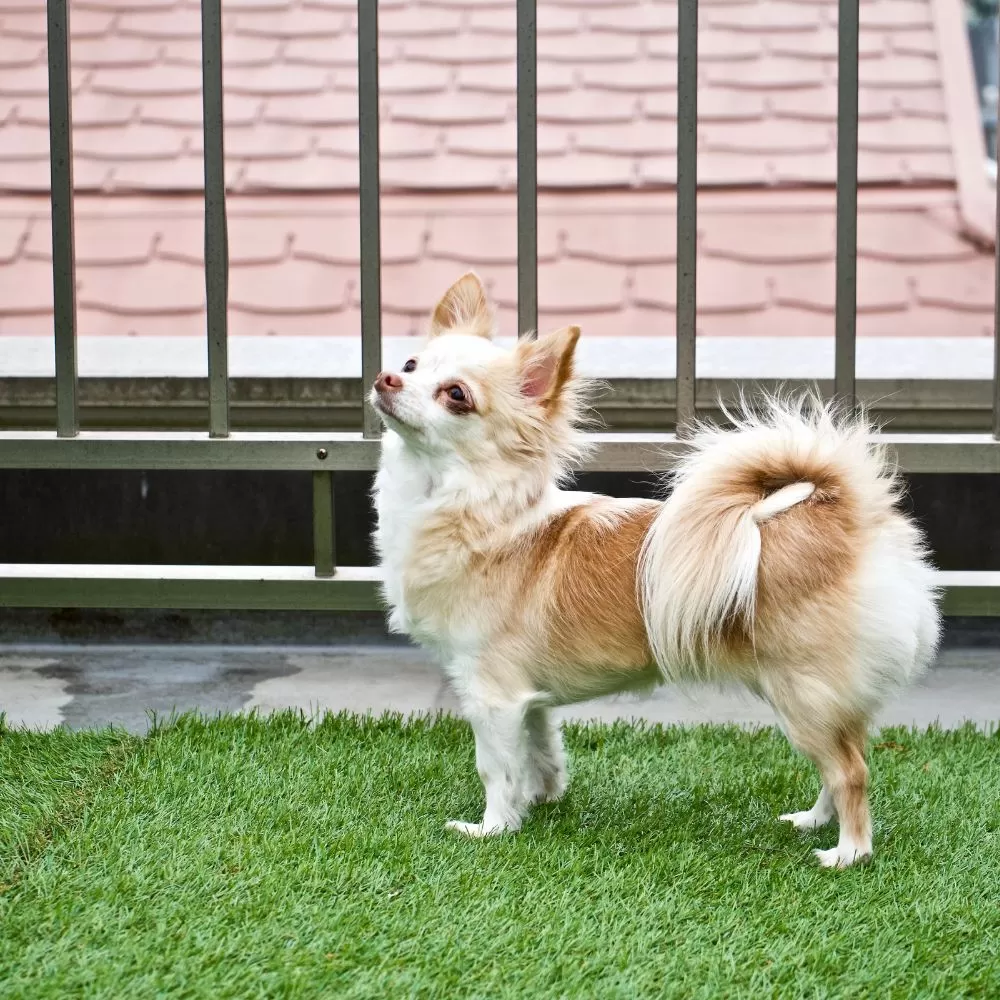
Snow: If you’re in an area that receives a lot of snow, removing the snow promptly can help to keep your turf looking its best. While you can often wait for snow and ice to melt on its own, if you have lots of snow, shovel off the top and brush off the remaining snow to help protect your artificial turf blades from being compressed and damaged.
Grooming: Grooming your artificial turf helps to keep it looking good. Use grooming tools like a broom or handled brush that are gentle on the turf fibers. Brush the turf every three to four weeks to keep the fibers upright.
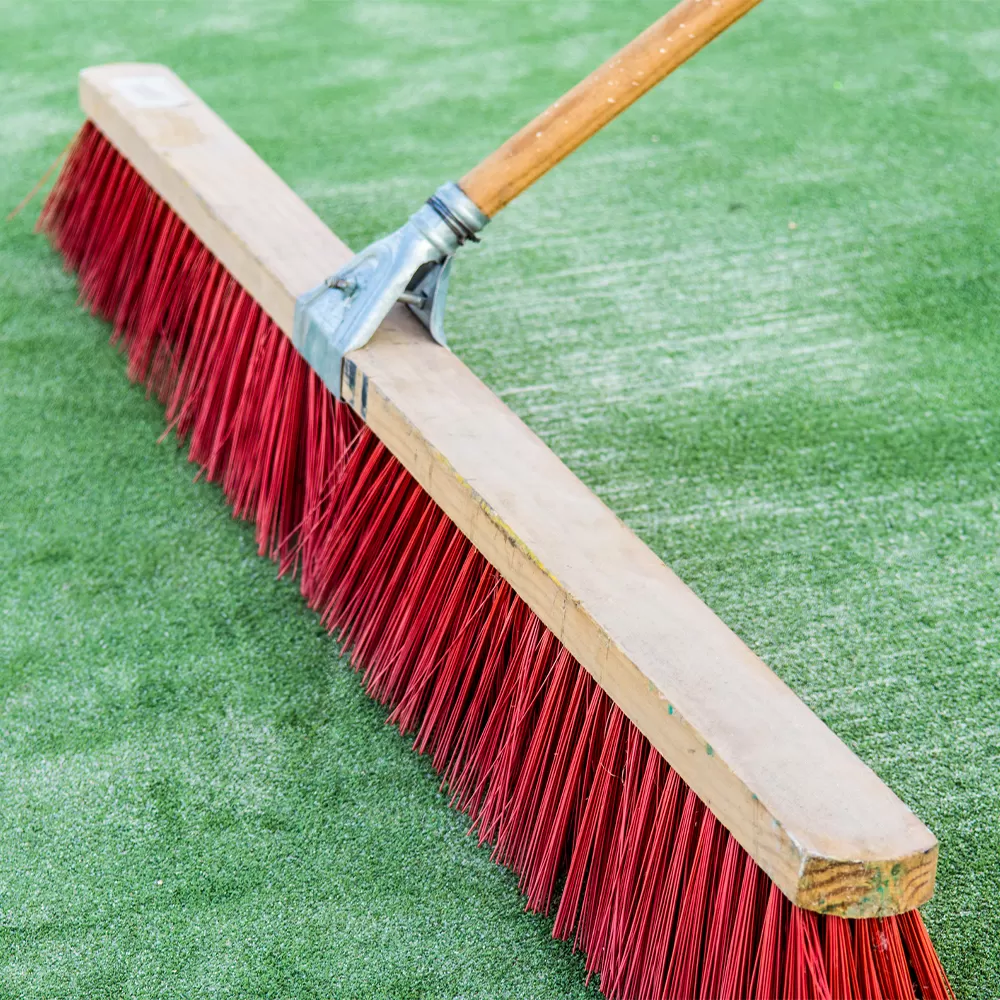
How to Remove Stains from Artificial Turf
Stains on artificial turf require more care, but it’s also important to promptly address stains for the best removal results. The type of cleaning and care required will depend on the type of stain on the turf:- Waterborne stains: Start by blotting the stain with a paper towel to remove as much moisture as possible. You can use low sudsing detergents on most waterborne stains. Ammonia solutions may be effective against more stubborn stains, but avoid using any chlorine bleach, caustic, or highly acidic cleansers, which can damage the turf.
- Grease: To treat grease stains, such as from dropped food, start by absorbing as much of the stain as possible with a paper towel. Avoid the temptation to scrub the stain, which can drive it further into your turf fibers. Once you’ve removed as much grease as possible, spray the area with baby oil. Let the oil sit for five minutes, then blot it with a paper towel and rinse the area with water.
- Sauces: Sauces like ketchup and mustard will stain turf if they’re not promptly cleaned. Blot the stain with a paper towel, then mix baking soda and water into a paste and apply it to the stain. Let it sit for about a minute, then rinse the area with water.
- Chewing gum: If chewing gum gets into artificial turf, it can be tricky to remove. Start by holding ice cubes against the gum until it hardens. Scrape the turf with a butter knife to gently remove the gum while it’s still frozen.
- Mold: You can treat mold spots with a 1% hydrogen peroxide in water solution. Apply it with a sponge to remove mold.
Additional Tips for Protecting Artificial Turf
There are also several ways to protect your turf from damage. Start by keeping the turf free of objects like landscape and gardening tools. After you’re done working, store your tools in a shed or in your home to avoid potentially puncturing the turf.Yard Games: If you want to use the turf as a play area in your yard, choose your games and equipment carefully. Volleyball net poles and croquet courts can puncture turf, damaging it. Choose croquet sets with flat-bottom bases, and use weighted volleyball net poles instead of driving them into the ground.
Fire Pits/Grills: While artificial turf can create an ideal gathering spot for your family, use caution when cooking near the turf. Fire pits and grills can send burning embers finding, damaging the blades of the turf. To be safe, keep hot elements on your patio and well away from your turf. Eating on your patio, instead of on the turf, can also help to prevent grease and food stains.
Sports: When you’re using artificial turf for sports fields, like tennis courts and soccer fields, you will need to perform some additional cleaning and maintenance during and after games. Keep plenty of garbage cans available to help minimize litter that ends up on the turf. Discourage spectators from using chewing tobacco, and consider banning smoking, since cigarette butts can potentially damage the turf.
